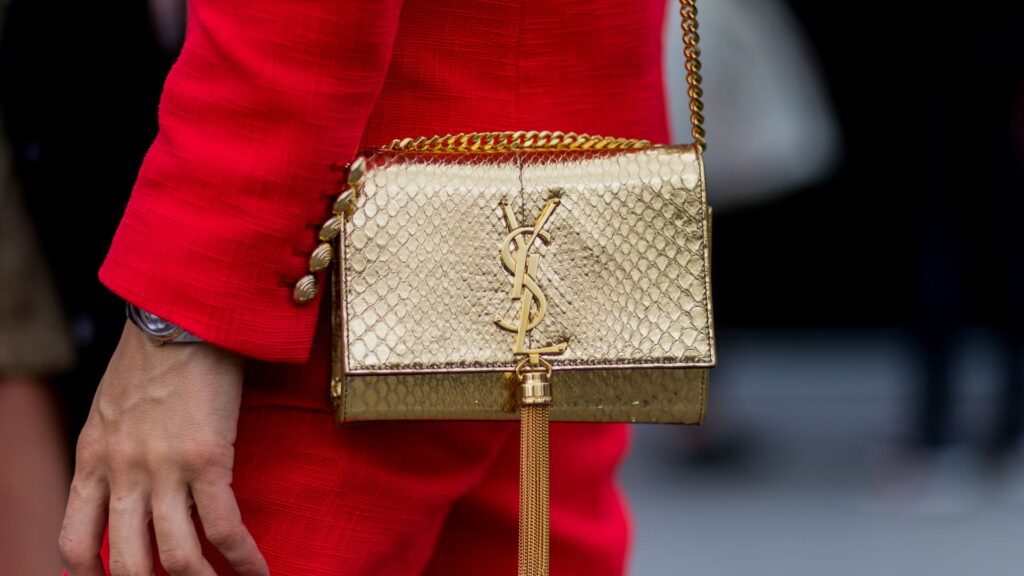As the global market for second-hand luxury goods grows rapidly, authentication has become the deciding factor that separates trusted platforms from the rest.
The fashion and luxury goods resale market is growing at an annual rate of 10%, three times faster than the second-hand market, according to a report released Oct. 9 by Boston Consulting Group and luxury goods resale platform Vestiere Collective.
The report predicts that the global resale market could reach up to $360 billion by 2030, up from around $210 billion today.
With more shoppers buying second-hand designer brands, trust is paramount. Jaewha Choi, CEO of South Korean online marketplace Bunjang, said: “As the production of counterfeit goods becomes increasingly sophisticated, even luxury brands themselves may not be able to detect the fakes, and in some cases may unknowingly repair them.”
Horror stories abound online of people paying thousands of dollars for fake Hermès bags or Rolex Oyster Perpetual watches that had parts replaced. Some counterfeits are so convincingly dubbed “superfake” that they are reportedly made using materials from the same leather suppliers as the original brand.
Buyer beware
However, as the resale market expands, concerns about certification are increasing. The used goods industry has long operated under the rule of “buyer beware.”
To combat the growing reality of “superfakes,” resale platforms are pouring resources into verification. Singapore-based online marketplace Carousel opened its first brick-and-mortar luxury goods store in downtown Singapore this year, allowing sellers to have their items graded by the company’s appraisers before listing them for resale.
Tresor Tan, director of sales, marketing and client relations at Carousel Luxury, told CNBC that the verification team not only inspects the bag’s material, but also details such as stitching and stamping.
“At the end of the day, our reputation is at stake,” Tan said. “Because of that confidence, we also offer our buyers a money-back guarantee of authenticity.”

The company has built its own database covering approximately 500 product styles, with higher value items undergoing multiple checks. Tan said products will not be listed if their authenticity is questionable.
South Korea’s Bunjang is following in the same vein, developing its own authentication system that combines traditional visual inspection with scientific instruments and artificial intelligence “trained on hundreds of thousands of data points,” Choi told CNBC.
Bunjang claims 99.9% authentication accuracy in identifying genuine products, and its verification system leverages AI to continuously learn and adapt to counterfeiting techniques.
Trust drives sales
Both Carousel and Vanjan said the certification has boosted business.
Bunjian said luxury goods now account for more than a quarter of the company’s platform’s total annual circulation of $1.1 billion. Choi said the transaction value and total value of luxury goods increased by 30% in the first half of 2025 compared to the same period last year.
Carousel’s Mr Tan did not provide specific figures, but said the luxury sector had shown “very strong interest” and had recorded “significant growth”.
This growth, which began when Carousell launched as an online platform in 2012, eventually led to the opening of its first physical store.
“If someone is buying and selling $100,000 watches on the platform, that definitely gets our attention,” she said, noting that users want oversight of the carousel of high-value transactions.
In addition to the verification process, the store also offers a money-back guarantee for its products. Mr Tan said the store aims to offer “fair value”, although the prices are not necessarily the lowest on the market.
“For example, it may be $200 more expensive than what someone else is offering, but (consumers) will ultimately consider different options to save $200,” she said. “Shouldn’t you feel a little more at ease?”
The next wave of luxury consumers
According to a BCG report, 80% of respondents cited affordability as the top reason for purchasing used luxury goods.
But it’s not just about saving money. Samantha Burke, chief marketing officer and U.S. CEO of Vestiere Collective, told CNBC.
“These motivations are stronger across the board compared to last year’s survey, showing that shopping for second-hand clothing is deeply ingrained as part of how people interact with fashion today,” said Virk.

Bunjang’s Choi said young shoppers have limited purchasing power, so they prefer to buy, enjoy, and immediately resell.
“This impressive growth reflects a fundamental shift in how the next wave of luxury consumers, Millennials and Gen Z, perceive and engage with luxury goods.”


